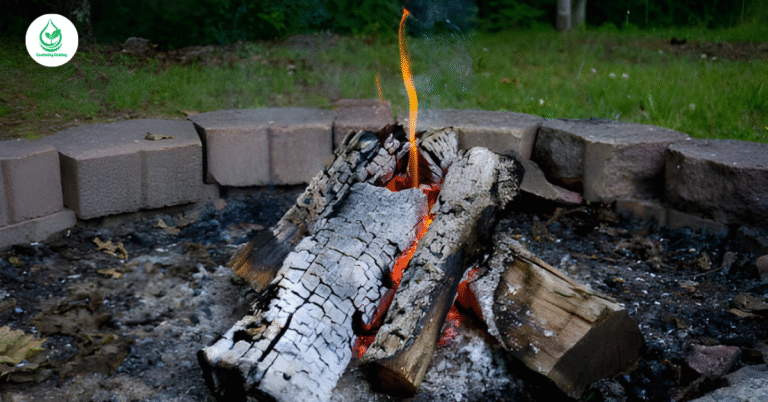6 Rhododendron Care: How to Keep Your Blooms Vibrant
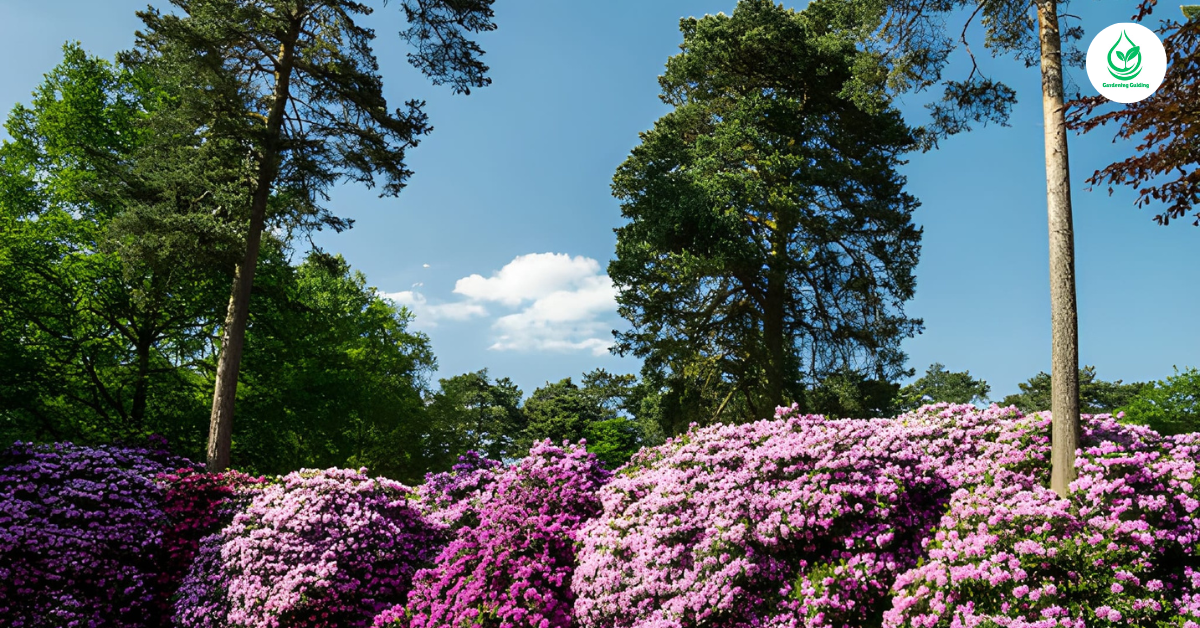
Introduction
Rhododendrons are among the most beloved flowering shrubs, admired for their breathtaking blooms, evergreen leaves, and elegant presence in both home and landscape gardens. These plants are symbols of beauty and balance, offering a pop of color each spring that captivates gardeners worldwide. However, many struggle to maintain that lush vibrancy year after year. The secret lies not just in watering and sunlight, but in understanding the deeper needs of this plant—its soil preferences, pruning rhythm, and natural habitat.
This complete guide on 6 Rhododendron Care Tips will help you nurture your plants from root to bloom, ensuring they remain healthy, vibrant, and full of color season after season.
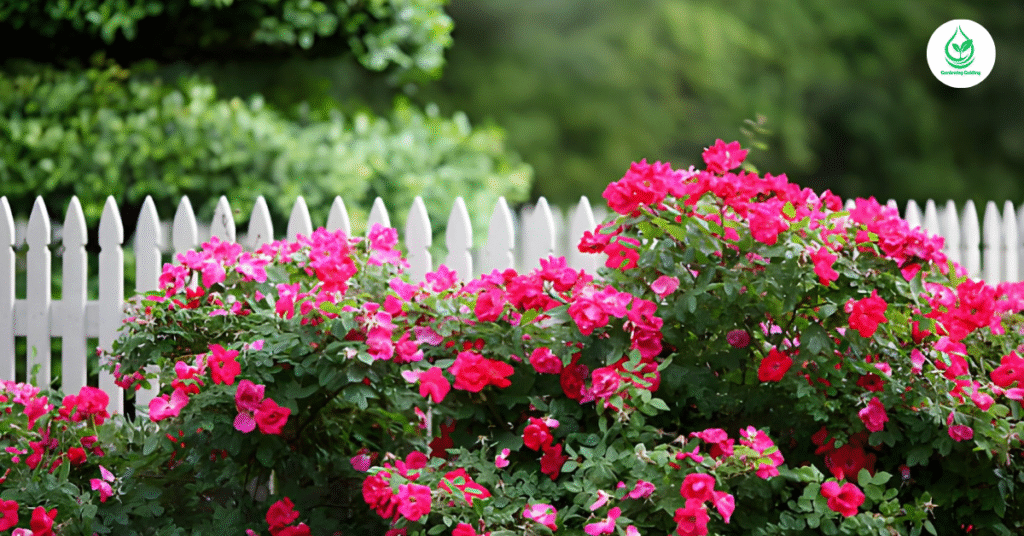
1. Choosing the Right Location for Rhododendrons
1.1 Understanding Sunlight Balance
The first rule of rhododendron care is knowing where to plant them. These shrubs love partial shade—a mix of gentle morning light and filtered afternoon protection. Too much sun scorches the leaves, while deep shade reduces blooms. A north or east-facing spot near tall trees works perfectly. The filtered light mimics their native forest habitat, supporting steady growth and rich flower production.
1.2 Protecting from Wind and Frost
Rhododendrons can’t handle cold winds or sudden frosts. Strong gusts dry out the leaves, and frost can kill buds before they bloom. If your area faces harsh winters, plant near walls, fences, or evergreen trees that act as natural shields. You can also wrap your plants in frost cloth or burlap during cold nights to preserve blooms for spring.
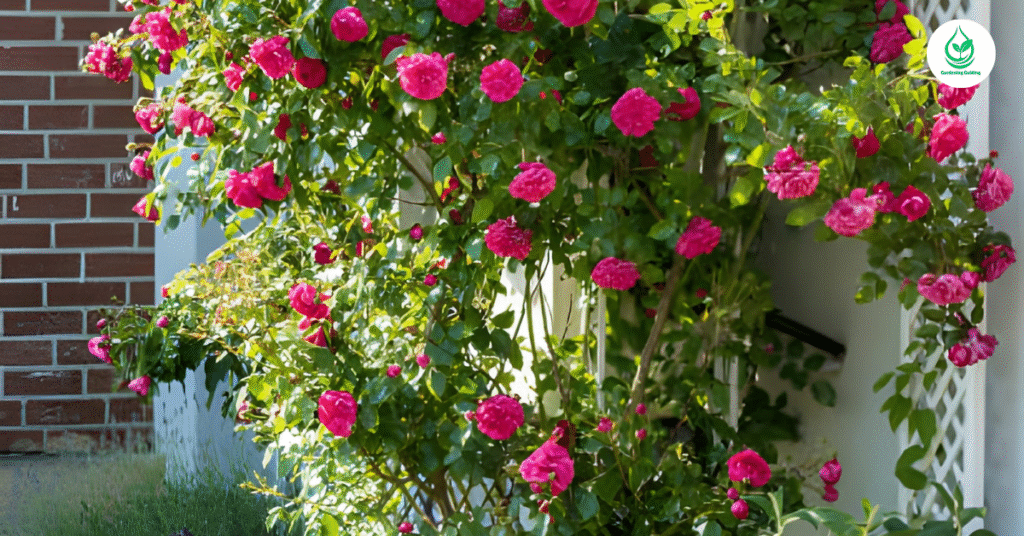
1.3 Drainage and Soil Level Considerations
Rhododendrons hate standing water. Their roots are shallow and rot easily if soil stays soggy. Always choose a slightly elevated spot or raised bed for planting. Mix garden soil with pine bark, compost, or coarse sand to ensure proper drainage. Healthy roots mean stronger, longer-lasting blooms.
2. Perfecting the Soil for Healthy Rhododendrons
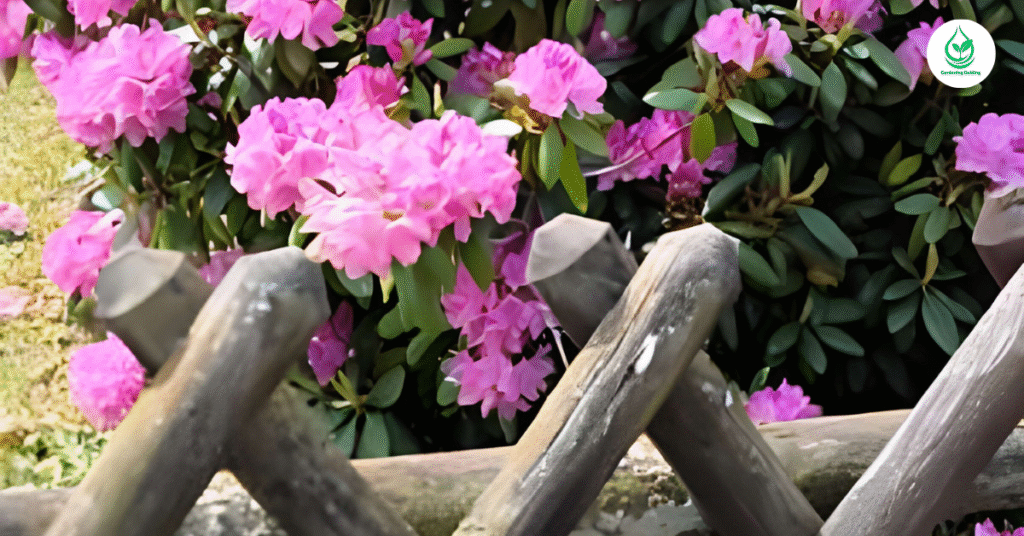
2.1 Crafting the Ideal Soil Mix
Healthy soil equals healthy plants. Rhododendrons naturally grow in loose, humus-rich soil, often found in forests where decaying leaves create a soft, nutrient-dense layer. You can recreate that environment by blending equal parts peat moss, leaf mold, and compost. This keeps soil moist yet airy, allowing oxygen to reach the roots easily.
2.2 Keeping Soil Acidic and Balanced
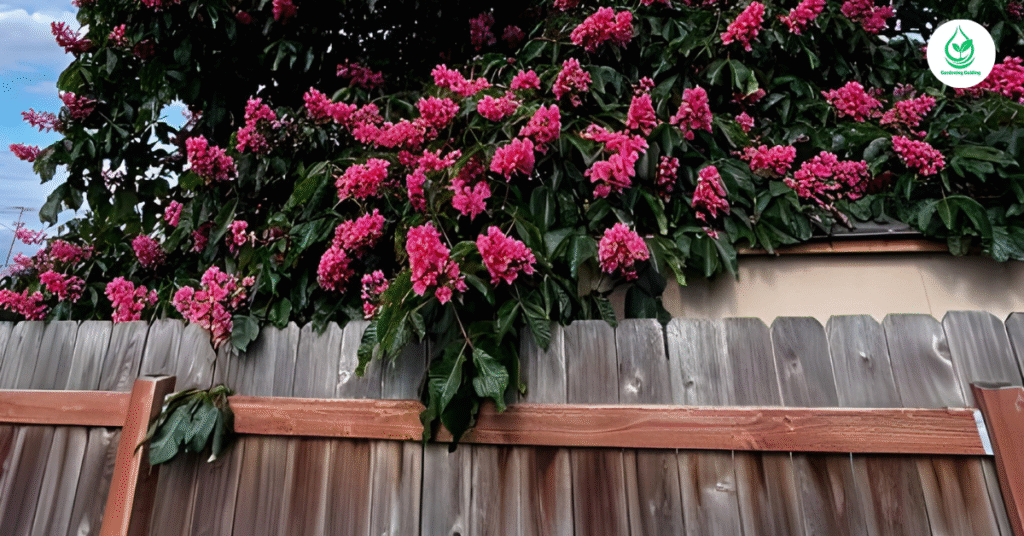
Soil pH is critical—rhododendrons thrive in acidic conditions (pH 4.5–6). When the soil turns alkaline, leaves turn yellow, and flowers fade early. To correct this, add pine needles, garden sulfur, or coffee grounds. Test soil once a year using an at-home pH kit to ensure it remains balanced for vibrant color and lush growth.
2.3 The Power of Mulching
Mulching helps maintain soil moisture, suppress weeds, and regulate temperature. Spread a 2–3 inch layer of organic mulch (like pine bark, shredded leaves, or oak needles) around the base. But don’t let it touch the stem—too close and it traps moisture, causing stem rot. Refresh mulch every spring for continuous protection.
3. Watering Rhododendrons the Right Way
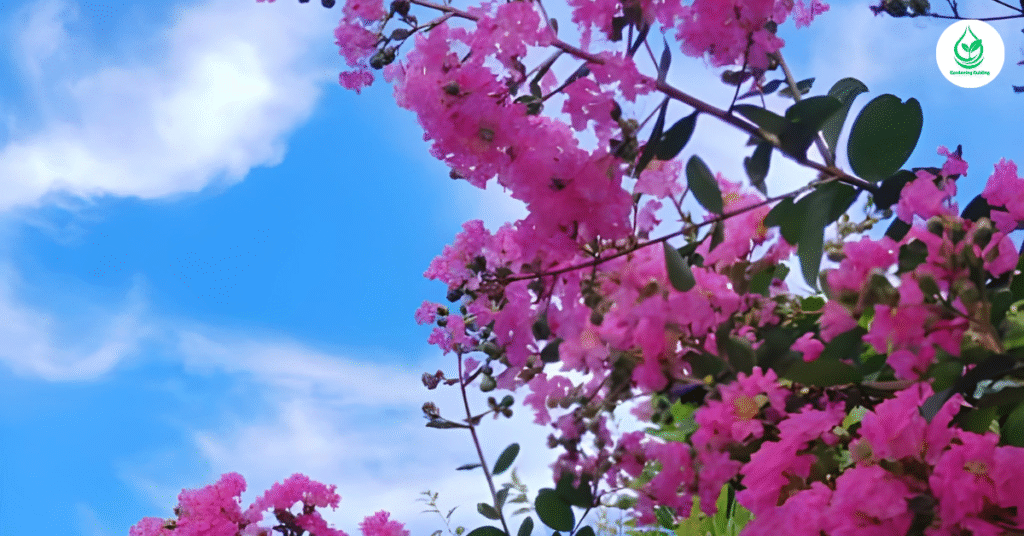
3.1 Maintaining Consistent Moisture
Rhododendrons need consistent moisture, not constant watering. Their fine roots dry quickly but also drown easily. The key is deep watering—once or twice a week—depending on the season. Use a soaker hose to moisten the root zone deeply, ensuring water reaches the lower roots where it’s most effective.
3.2 Seasonal Watering Adjustments
Your watering schedule should shift with the seasons. In spring and summer, when the plant is growing and blooming, water regularly. In fall, reduce watering as the plant prepares for dormancy. During winter, water only if the soil becomes dry. Remember—overwatering in cold weather is a common cause of root rot.
3.3 Why Rainwater Works Best
Tap water often contains lime and minerals that raise soil pH, which rhododendrons dislike. Whenever possible, use rainwater—it’s naturally soft and slightly acidic, perfectly suited for these shrubs. You can collect it in barrels or containers after rainfall and store it for later use.
4. Feeding for Strong Blooms and Leaf Health
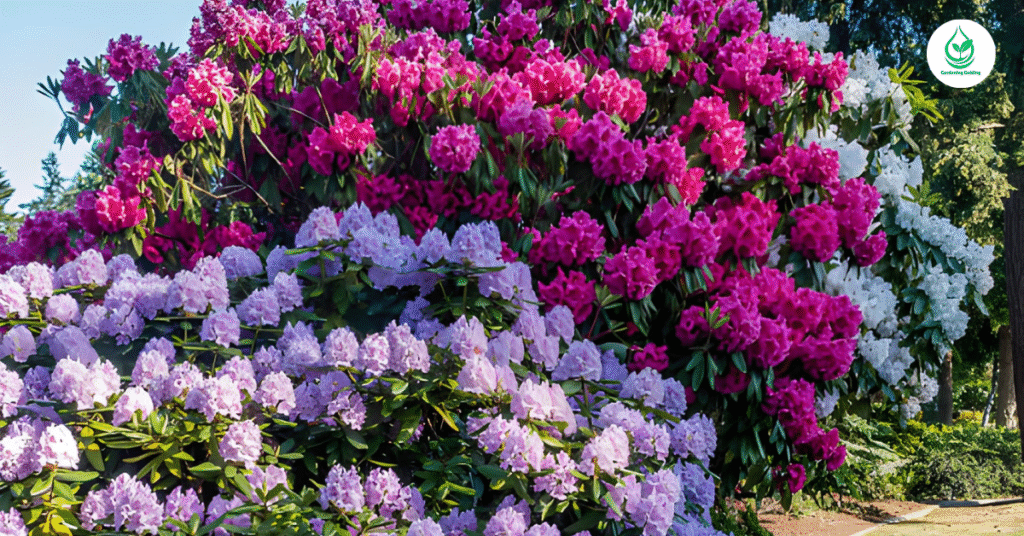
4.1 Timing Your Feeding Routine
Rhododendrons don’t need frequent feeding, but timing matters. Apply fertilizer right after blooming ends, around late spring. This fuels next year’s bud development without overstimulating new, frost-sensitive growth. Avoid feeding late in summer, as tender new shoots might not survive cold weather.
4.2 Choosing the Right Fertilizer
Go for a slow-release fertilizer made for acid-loving plants—those labeled for azaleas or camellias are ideal. Organic alternatives like composted manure, cottonseed meal, or fish emulsion enrich soil naturally and improve microbial activity. Always water thoroughly after fertilizing to avoid root burn.
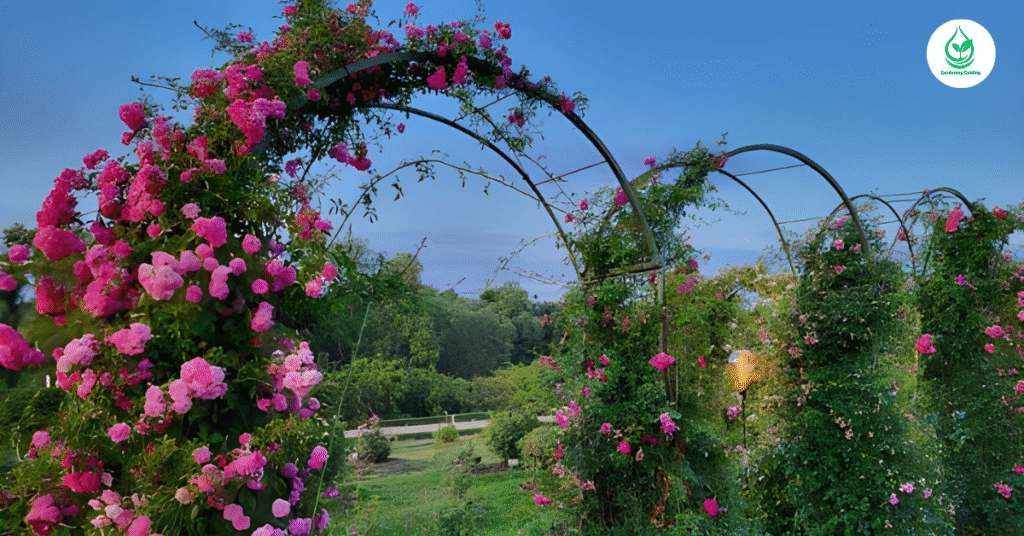
4.3 Reading the Signs of Nutrient Deficiency
If leaves turn pale or veins appear darker than the leaf surface, your plant might lack iron or magnesium. Yellow leaves with green veins suggest chlorosis, often due to high pH. Solve this by adjusting soil acidity and applying chelated iron supplements.
5. Pruning and Deadheading for Continuous Blooms
5.1 Shaping Your Rhododendron
Pruning helps maintain your shrub’s natural beauty. Lightly prune after the blooming season to shape the plant and remove stray branches. Avoid heavy pruning in fall or winter—it can reduce next year’s flowers. Keep airflow open to reduce fungal problems.
5.2 The Art of Deadheading
After flowering, gently twist off faded blooms. This process, called deadheading, directs the plant’s energy toward new growth rather than seed formation. Be careful not to damage new buds forming just below the spent blooms—they’ll produce next season’s flowers.
5.3 Rejuvenating Old Plants
Old or overgrown rhododendrons can be revived by cutting back one-third of the oldest branches to the ground each spring. Within months, new shoots will appear, thickening the shrub and restoring its vitality. It’s like giving your plant a fresh start every few years.
6. Protecting from Pests and Diseases
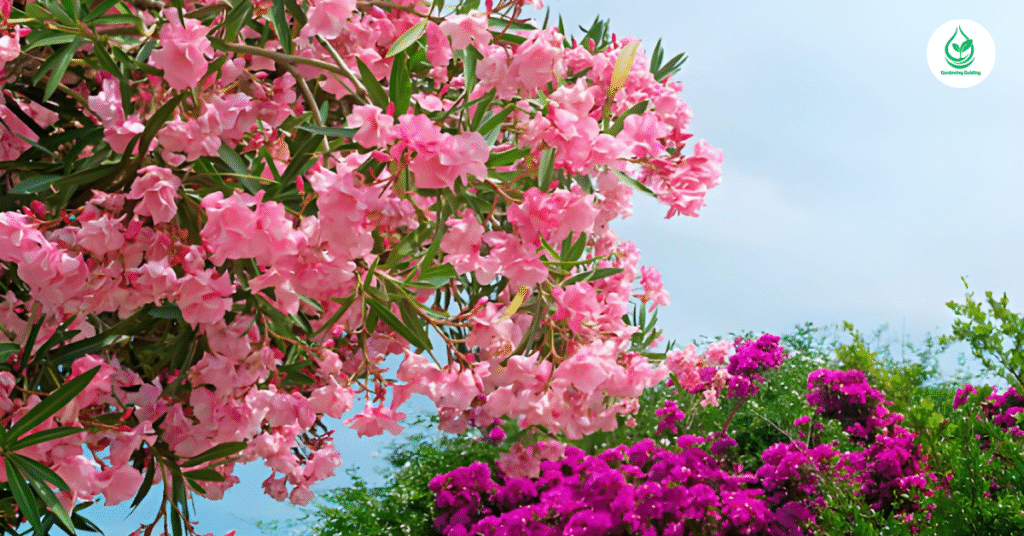
6.1 Common Insects and Prevention
The most common pests include aphids, lace bugs, vine weevils, and spider mites. These feed on sap and weaken leaves. Check the undersides regularly and use neem oil or horticultural soap to treat infestations. Introducing beneficial insects like ladybugs helps maintain a natural balance.
6.2 Managing Fungal Diseases
Root rot, powdery mildew, and leaf spot are major threats. They often result from poor drainage or overcrowding. Space plants properly, ensure airflow, and water at the base instead of overhead. Remove affected leaves to stop the spread early.
6.3 Protecting from Harsh Winters
Rhododendrons can suffer from cold burns during winter. Wrap them loosely with burlap or frost cloth when temperatures drop below freezing. Apply a thick mulch layer to insulate roots. In early spring, uncover them gradually to avoid sudden exposure.
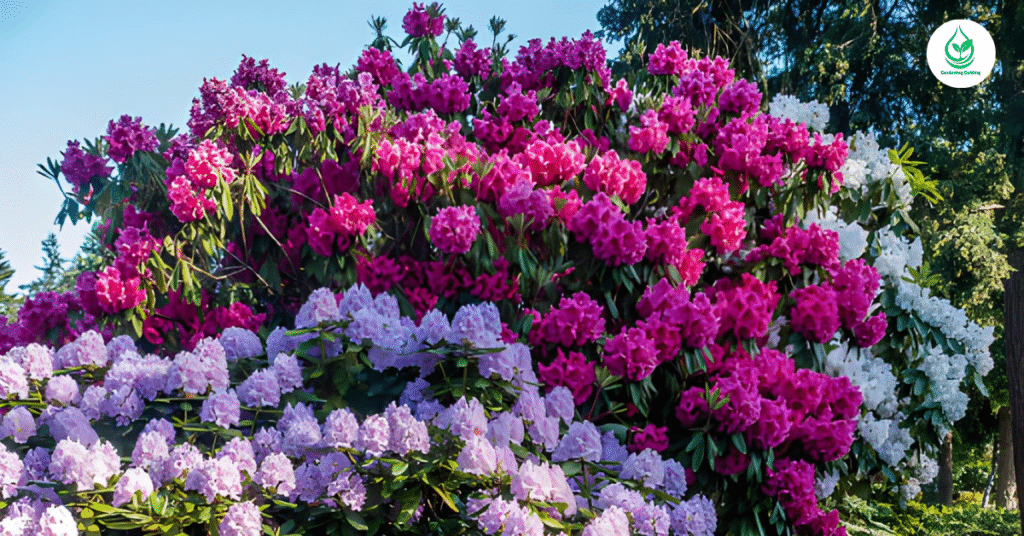
Comparison Table: Rhododendron Care Summary
| Care Aspect | Ideal Condition | Common Mistake | Best Practice |
| Sunlight | Partial shade | Too much direct light | Morning sun, afternoon shade |
| Soil pH | 4.5–6.0 | Alkaline soil | Add peat moss or sulfur |
| Watering | Deep and consistent | Overwatering | Allow upper soil to dry slightly |
| Fertilizer | Acid-loving slow release | Too much nitrogen | Apply after blooming |
| Pruning | After flowers fade | Late pruning | Trim lightly post-bloom |
| Mulching | Organic 2–3 inch layer | Touching stem | Leave space near trunk |
Pros and Cons of Rhododendrons
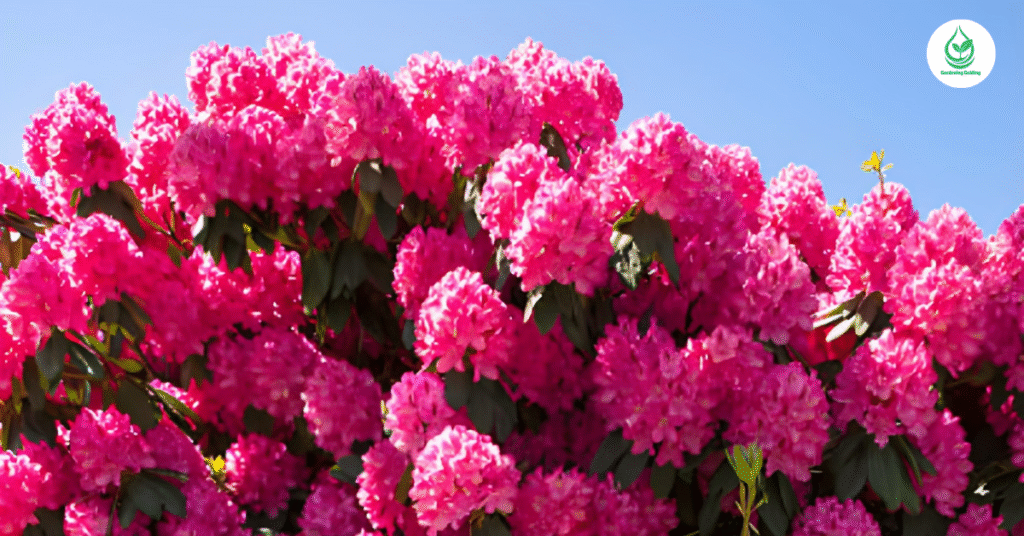
| Pros | Cons |
| Striking clusters of colorful blooms | Sensitive to soil pH changes |
| Evergreen varieties give year-round greenery | Susceptible to root rot |
| Attracts bees and butterflies | Needs consistent moisture |
| Long lifespan with minimal pruning | Can be frost-tender |
| Excellent for hedges and borders | Some species are toxic to pets |
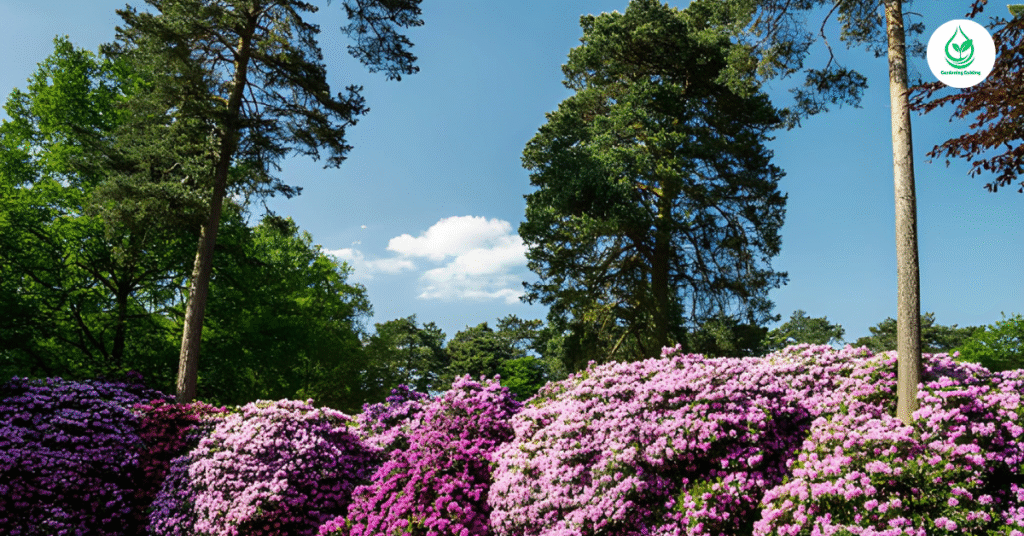
FAQs About Rhododendron Care
Q1: Why is my rhododendron not blooming?
It may not be getting enough sunlight or nutrients. Ensure it receives morning light and post-bloom feeding.
Q2: Can rhododendrons grow indoors?
Yes, dwarf rhododendrons or azaleas grow well in pots with good drainage and bright, indirect light.
Q3: How do I revive a dying rhododendron?
Prune dead branches, improve soil drainage, and apply an acid-based fertilizer.
Q4: What is the lifespan of a rhododendron?
With good care, these shrubs can live for 50 years or more, becoming family heirlooms.
Q5: Do rhododendrons need full sun?
No—too much sun can damage foliage. They prefer filtered or dappled light.
Q6: What should I plant near rhododendrons?
Companion plants like ferns, hostas, and heucheras thrive in similar soil and light.
Q7: Can I propagate rhododendrons?
Yes, by layering or cuttings during summer when stems are semi-ripe.
Q8: When should I repot container rhododendrons?
Every 2–3 years, or when roots start circling the pot.
Q9: How do I prevent brown leaf tips?
This happens due to low humidity or excess fertilizer—mist leaves and use balanced feeding.
Q10: Is rhododendron deer-resistant?
Mostly yes, though hungry deer may still nibble during harsh winters.
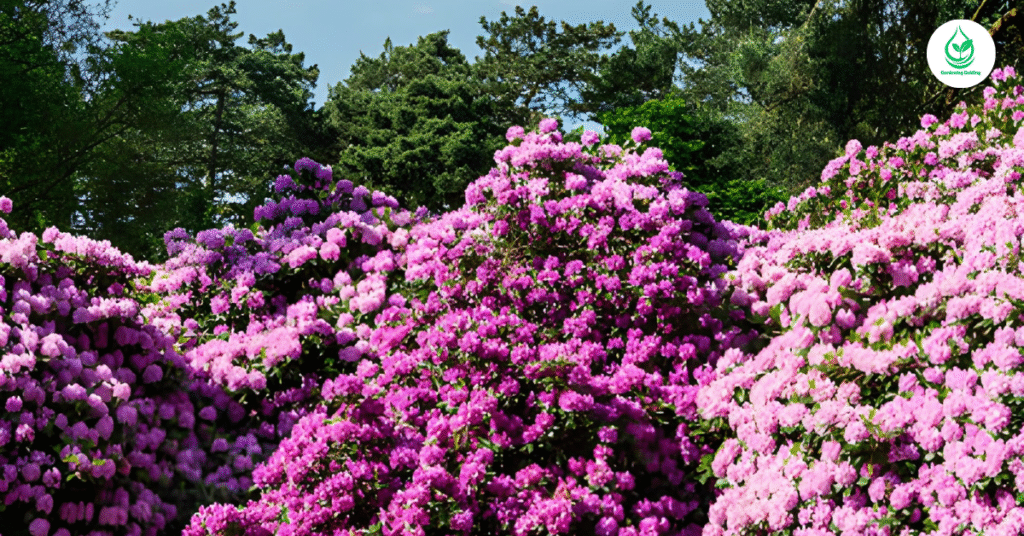
Conclusion
Rhododendrons bring timeless beauty to gardens with their lush greenery and radiant blossoms. To keep them thriving, focus on their true needs—acidic soil, partial shade, regular pruning, and moisture balance. By following these six key care steps, you’ll create a vibrant, healthy plant that rewards you with brilliant blooms year after year.
Whether grown as a centerpiece or a border shrub, rhododendrons symbolize patience and grace—a living masterpiece for any garden enthusiast.

